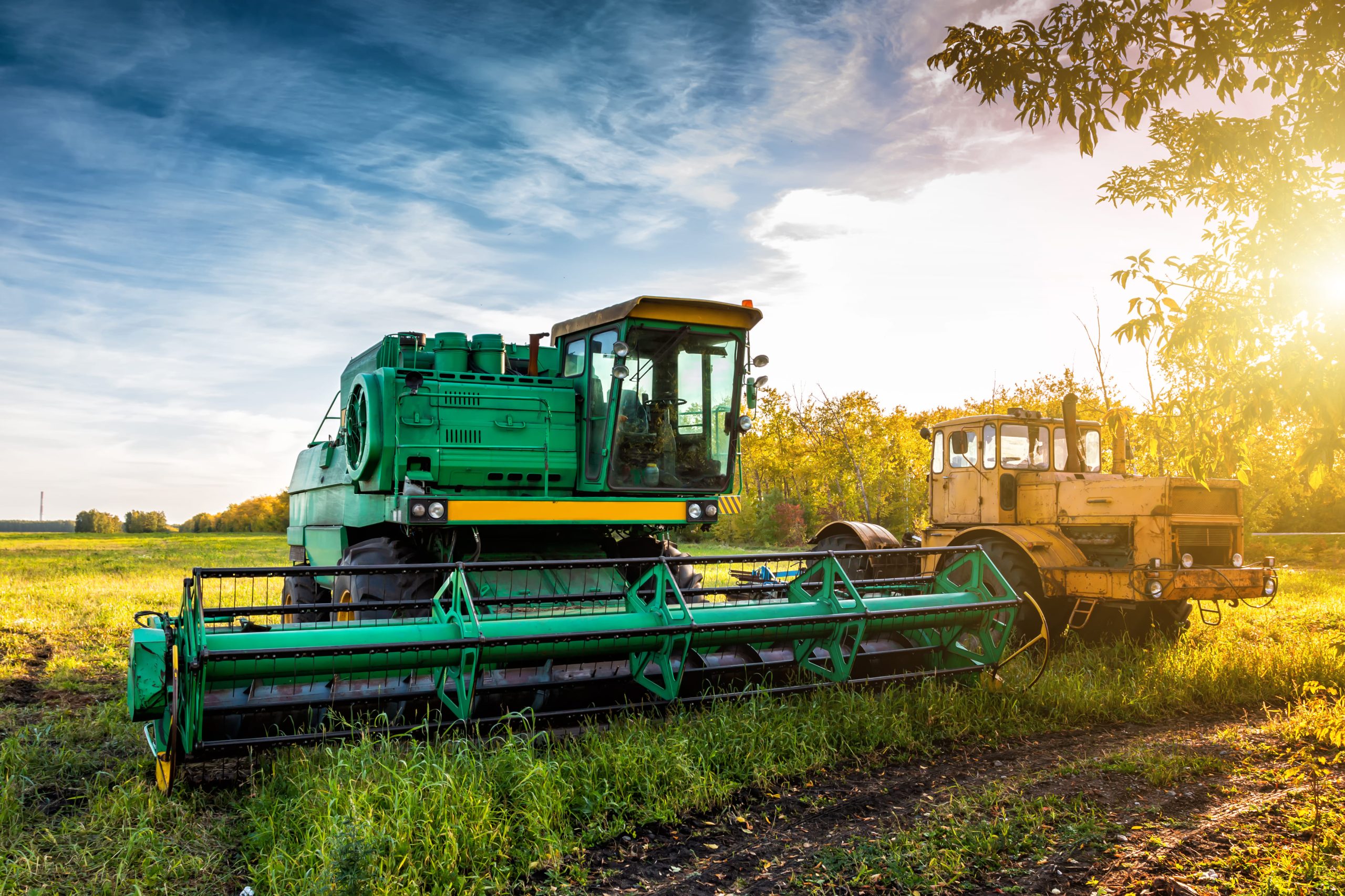The KSA agriculture equipment market is undergoing transformations, driven by government-backed modernization initiatives and a growing emphasis on food security. As of 2024, the Kingdom has over 160,000 operational farm holdings, with more than 55% of these farms adopting mechanized solutions for core activities like plowing, irrigation, and harvesting. Tractors dominate the market in regions like Al-Qassim and Eastern Province, where agricultural land exceeds 1.4 million hectares. The market is also being shaped by a national push to reduce water consumption in agriculture, which currently accounts for over 84% of the Kingdom’s total water usage. Additionally, Saudi Arabia’s agricultural machinery sector is not only modernizing but is redefining its role in the Kingdom’s long-term food resilience strategy under Vision 2030.
What’s Driving Agriculture Equipment Market in KSA?
- In 2024, farmers in KSA spent over SAR 2 billion on machinery upgrades aimed at enhancing water-use efficiency. This highlights the critical role of drought-resistant technologies such as low-emission tractors and solar-powered irrigation systems. Additionally, there’s a strategic push to adopt drip, micro-sprinkler, and sensor-based irrigation systems, generating strong equipment demand.
- The country is witnessing rapid growth in greenhouse farming, with over 100 new high-tech greenhouses were set up across Al-Qassim and Eastern Province during 2024–2025. Greenhouse and hydroponic expansion empower year-round cultivation in arid zones, increasing demand for specialized equipment.
- According to a study by Alshehri & Alharbi, 60% of Saudi farmers already use IoT-based tools while a further 90% are keen to scale smart-farming to overcome water scarcity and labor challenges. Advanced equipment featuring GPS-guided tractors, drone-enabled crop scouting, and yield-prediction analytics aim to boost yields by up to 30%, making these tools instrumental in modern farming.
Competitive Landscape
The KSA agricultural equipment market is defined by mix of global OEM dominance, growing regional distributors, and a rising influx of tech-driven agritech firms. The market is dominated by few major players including John Deere, Kubota Corporation, and Mahindra & Mahindra. John Deere continues to hold a strong position in the Saudi market, particularly in the mid-to-large horsepower tractor and harvester segments. In 2024, company reported a 14% increase in net sales due to growing demand for precision-enabled equipment across key export markets including the Middle East. Kubota has expanded its regional footprint with increased exports to Saudi Arabia through its India-based manufacturing unit. In 2024, Kubota inaugurated a new 100,000-unit/year tractor plant in India, aiming to supply Asia and Middle East markets efficiently. Meanwhile, Mahindra’s aggressive push in electric and compact tractors positions it well for Saudi’s greenhouse and sustainable agri-tech shift.
Challenge of Financing Constraints
The KSA agricultural equipment market is facing a major challenge of financing constraints. According to the International Monetary Fund, approximately 30% of Saudi farmers report difficulty securing financing due to stringent lending requirements and the perceived high risk of agricultural investment. Although Saudi Arabia’s Agricultural Development Fund allocated SAR 3.1 billion in equipment subsidies in 2024, these efforts largely assist larger farms, leaving small-scale operators with approximately 160,000 holdings in KSA unfunded.
Future Outlook
The KSA agriculture equipment market will undergo major transformations in upcoming years. By 2030, Saudi Arabia aims to double agricultural output compared to early Vision years. This will increase production of staples like dairy, eggs, poultry, and seafood to meet 100% of domestic demand. Agriculture currently consumes over 17 billion cubic meters of water annually. To combat scarcity, Saudi Arabia plans to meet 90% of its water demand from desalination and only 10% from groundwater by 2030. Over 100 high-tech greenhouses were installed between 2023 and 2025. Greenhouse infrastructure such as fertigation controllers, environmental sensors, and automated sprayers will see heightened demand. By 2030, the KSA agricultural equipment market will be rooted in smart, sustainable, and water-efficient technologies.
Consultant at Nexdigm In their latest publication “KSA Agriculture Equipment Market Outlook to 2030: By Equipment Type (Tractors, Harvesting Equipment, Irrigation Equipment, Planting & Seeding Equipment, Crop Protection Equipment, Precision Agriculture Tools), By Drive Type (Self-Propelled Equipment, Trailed Equipment, Mounted Equipment), and By Power Source (Diesel-Powered Equipment, Electric Equipment, Hybrid Equipment, Solar-Powered Irrigation Systems)” believe that by prioritizing product lines aligned with water efficiency mandates and introducing compact smart equipment for greenhouse farms, businesses can gain competitive advantage in KSA agriculture equipment market.

